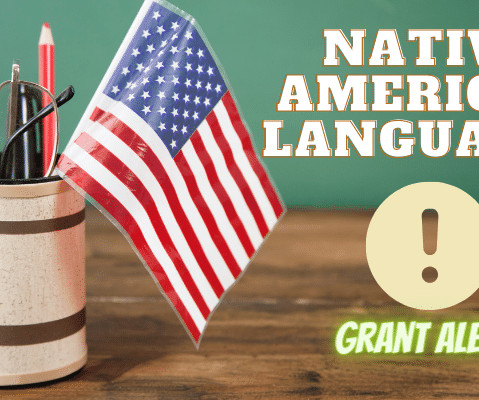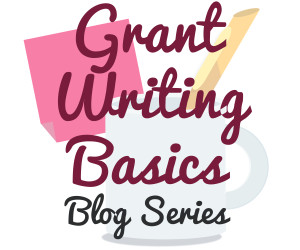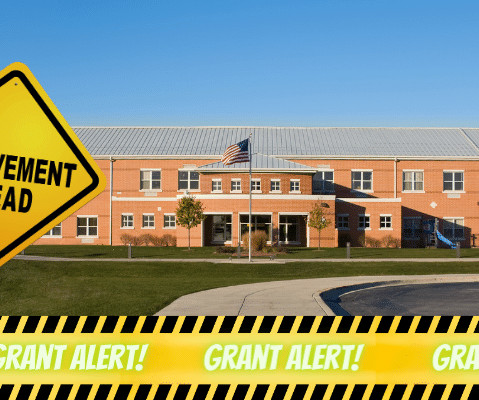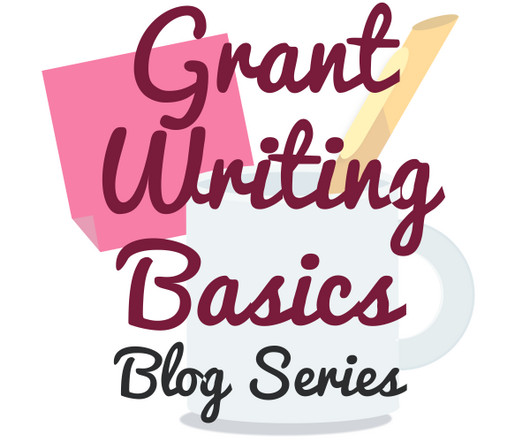A Breakdown of Each Stage in the Grant Lifecycle
RBW Strategy
JANUARY 24, 2024
Phase 1: The Pre-Award Phase The pre-award phase includes the grantor announcing the funding opportunity all the way through the application submission and review of grant applications. The grant-making agency announces the funding opportunity and advertises it to applicant communities. The funds are then dispersed.




















Let's personalize your content